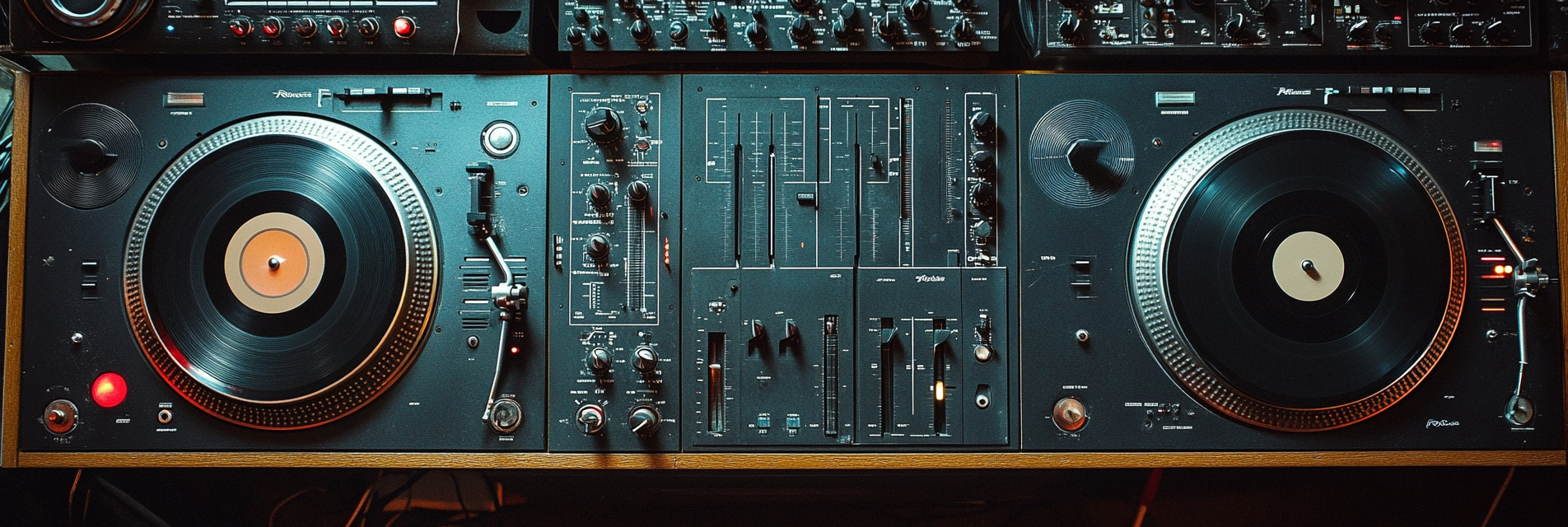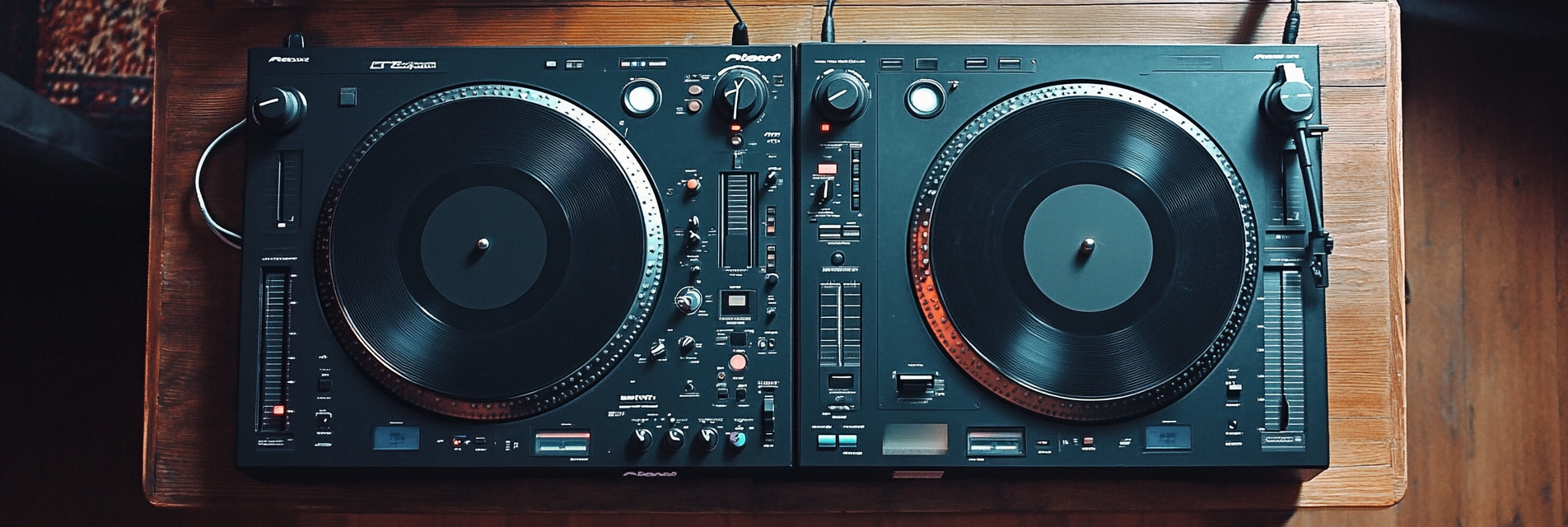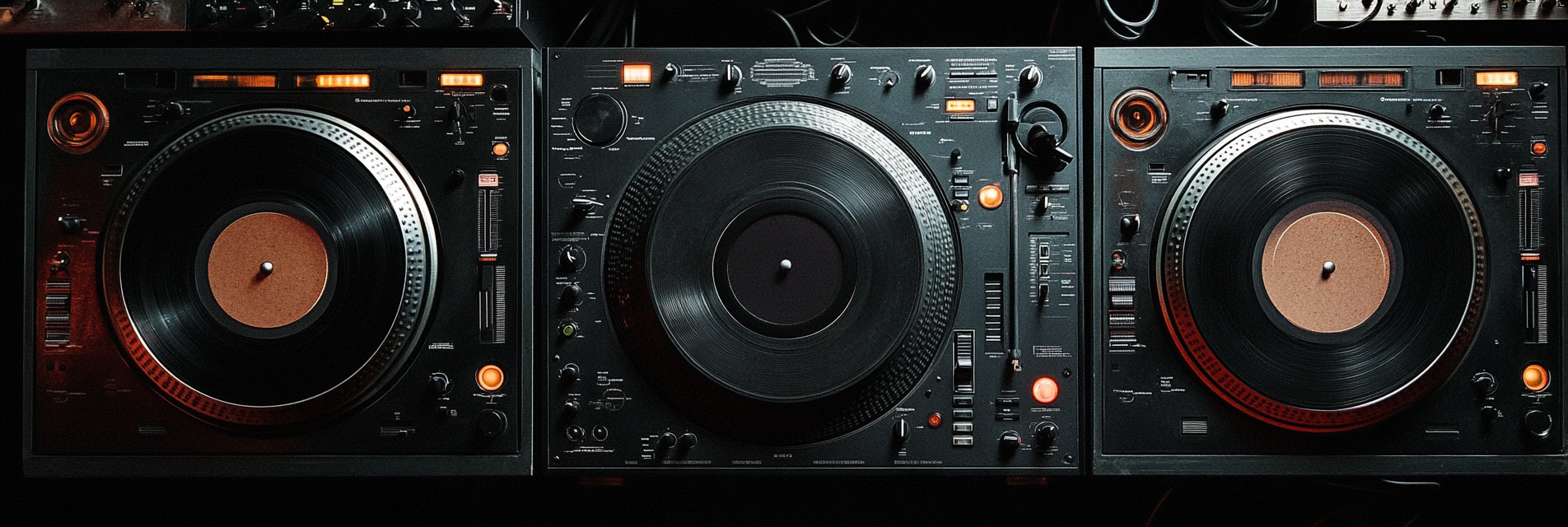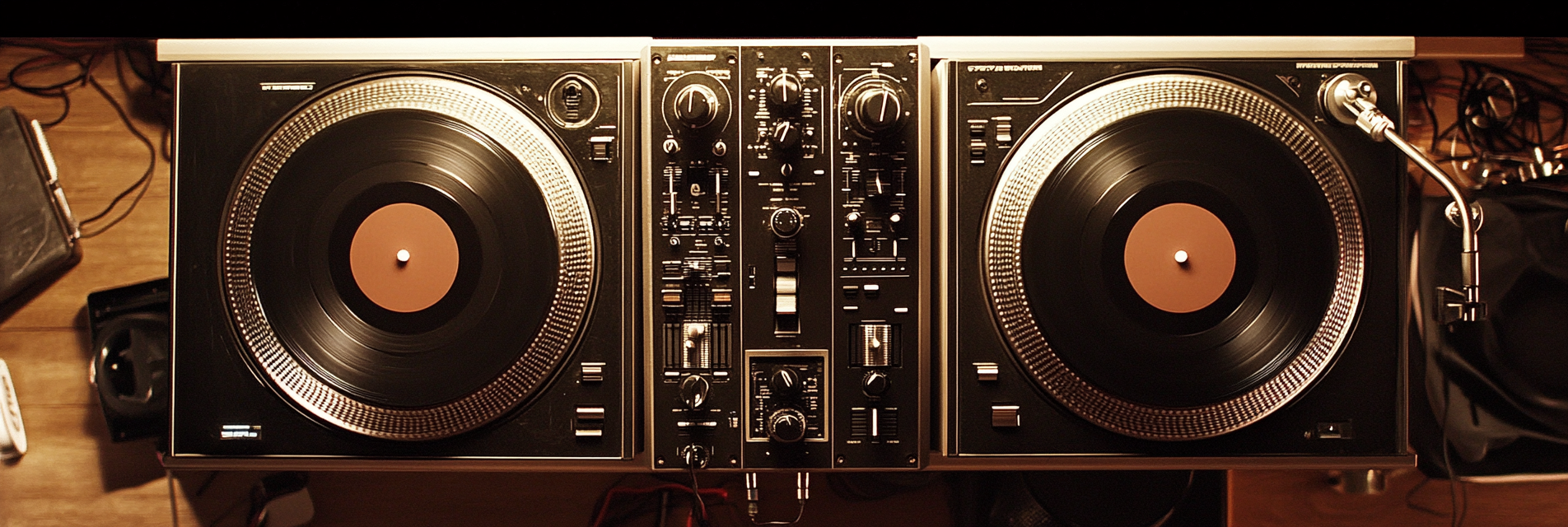
Internet & Tech Checks for Live Streaming
How to ensure your internet and setup are rock-solid to avoid stream dropouts and technical difficulties
Imagine you're in the middle of an emotional ballad on stream, and suddenly everything freezes – your internet connection dropped at the worst moment. A stable stream isn’t just about content; it’s about having the right technical setup behind the scenes. From internet speed to reliable hardware, a few key checks can save you from unexpected interruptions. In this guide, we’ll walk through how to test and prepare your connection and gear so that your live stream runs smoothly without hiccups. Think of this as your pre-show tech checklist to ensure an uninterrupted performance.

djLooper helps you turn simple music shows into incredible performances that wow your crowd
No more stress—just pure, professional sound that makes you shine
Create your free account
Internet Speed and Stability
Know Your Upload Speed
Live streaming requires a good upload speed (the speed at which you send data out). Many home internet plans advertise big download speeds, but upload speed is what matters for broadcasting. Before streaming, run an online speed test to see your upload Mbps (megabits per second). For a smooth 720p stream, you typically want at least 3-5 Mbps upload; for 1080p, aim for 6-10 Mbps or more. The higher your bitrate (video quality), the more upload speed you need. Knowing your numbers lets you set your stream quality to a level your connection can handle.
Ethernet Over Wi-Fi
Whenever possible, plug your computer directly into your router with an Ethernet cable instead of using Wi-Fi. Wired connections are more stable and less prone to interference. Wi-Fi can be convenient, but things like thick walls, other devices, or even your neighbor's network can cause fluctuations or dropouts. If you must use Wi-Fi, try to be close to your router and minimize other devices using the network. But for the best peace of mind, an Ethernet cable makes your internet connection as steady as possible during your performance.
Testing Your Connection Beforehand
Don’t wait until showtime to find out your internet is shaky. On the day of your stream (or a bit before), run a quick test by going live privately or using your streaming software’s bandwidth tester if it has one. Some streaming platforms have tools to check your connection quality (for example, Twitch has a Twitch Inspector tool). These tests can show if your internet tends to dip or drop. If you notice issues, try rebooting your router or stopping other downloads in the house. It's better to troubleshoot before you go live to the public.
Have a Backup Plan
Even with a good connection, outages happen. It's wise to have a backup plan in case your main internet fails. If you have access to mobile data, you could use your phone’s hotspot feature as a temporary backup connection (just make sure you have enough data and a strong cell signal). Let a friend or moderator know your phone number or another way to contact you if your stream suddenly drops, so they can inform your audience in chat. In a worst-case scenario, having a plan B means you can resume your show or at least communicate with your fans even if the unexpected happens.

Optimize Your Streaming Setup
Computer Performance and Updates
Your computer is the engine behind your live stream. To ensure it runs smoothly, close any unnecessary programs before you go live – especially ones that might use a lot of CPU or memory (like games, video editing software, or even having too many browser tabs open). It's also a good idea to restart your computer an hour or so before streaming to clear out any issues and ensure no surprise updates start mid-show. Check that your operating system and streaming software (like OBS) are updated to the latest stable versions well before your stream day, so you don't get caught by an automatic update right when you hit "Go Live".
Audio and Video Device Checks
Before each stream, double-check that all your gear is recognized by the computer. Is your microphone picking up sound? Is your camera being detected by the streaming software? Sometimes after an update or just randomly, devices can get de-selected or drivers might glitch. Open your streaming software and verify that you see your camera feed and your audio levels moving. Wiggle your mouse or camera cables to ensure there's no loose connection causing the feed to drop out. Taking a minute to run through your gear status can prevent awkward silences or black screens later.
Stream Settings and Bitrate
In your streaming software, you'll have settings for video quality, frame rate, and bitrate. Bitrate is how much data you send per second; if it's set too high for your internet to handle, you'll get buffering or stuttering. Use your tested upload speed to guide your settings. For example, if you have 5 Mbps upload, you might set a 720p stream at around 2500-3000 kbps (2.5-3 Mbps), leaving some headroom for audio and fluctuations. Also consider frame rate – 30 fps is usually fine for music streams (you don't need 60 fps like fast-action gaming). By fine-tuning these settings, you ensure you're not pushing beyond what your tech can handle.
Monitoring Stream Health
Once you're live, keep an eye on your stream health indicators. Many platforms or software will show a little green, yellow, or red light or an alert if frames are dropping or if the connection is unstable. If you see warnings (for example, dropped frames), you might lower your bitrate on the fly or pause to see if your network is having a hiccup. You can also have a trusted friend watch your stream and let you know via text if it's lagging or if any issue pops up. Being aware of stream health in real time means you can address minor issues before they become big problems.

Preventing Common Issues
Overheating and Power Surges
Live streaming can be taxing on your computer, causing it to run hot. Ensure your device is well-ventilated – don't block the fan vents and consider using a cooling pad if you're on a laptop. If your system overheats, it could throttle performance or even shut down. Additionally, think about power stability: if you're in an area prone to outages or surges, using an Uninterruptible Power Supply (UPS) battery backup can keep your gear running through a short outage and protect against power spikes. This way, a flicker in the lights won't end your show prematurely.
Securing Your Setup
Physical accidents can cut a stream short too. Tape down or neatly route any cables on the floor so you don't trip mid-performance and yank out a connection. If you're streaming from a laptop, make sure it's plugged in or has enough battery – streaming drains battery fast. Keep some water nearby for yourself, but also keep all liquids safely away from your electronics to prevent spills. Basically, treat your streaming area like a mini stage: clear of hazards and ready for a safe performance.
Notifications and Distractions
Imagine pouring your heart into a song, only for a loud "ding!" from a notification to interrupt. Before going live, mute or disable notifications on your computer and phone (or at least silence them). Close messaging apps or email that might pop up on screen. If you're using your phone to film or monitor chat, set it to Do Not Disturb. This prevents sudden sounds or pop-ups from distracting you and also protects your privacy (no personal messages flashing on screen). Creating a distraction-free environment helps you stay focused and makes your stream look professional.
Plan for the Unexpected
No matter how much you prep, sometimes things go wrong. Have a mental (or written) checklist of what to do if something fails. If your sound suddenly cuts out, know how to quickly check your interface or swap to a backup mic. If your camera dies, have a second webcam or your phone ready as a standby. Even having a short apology script or technical difficulty image to display or message to post in chat can be useful. Audiences are usually patient and understanding if you're transparent and handle issues calmly. By anticipating potential problems, you can react swiftly and keep the show going.

Pre-Show Tech Checklist
Run a Quick Test Stream
Before the official start time, run a quick test stream (even if it's just 30 seconds to a private channel or an alternate account). This live dry-run will confirm that your internet is stable, your gear is working, and your settings are correct under real conditions. You might catch something like a mic not feeding through or a camera angle that needs adjustment. Treat it like a soundcheck before a concert – better to sort out any last-minute kinks now than when the audience is watching.
Check Audio and Video Sync
Do a final check that your audio and video are in harmony. Clap your hands in front of the camera or pluck a string sharply while watching your test stream on another device. If you see any lag between what you play and what you hear, use your streaming software's sync adjustment to correct it. Ensuring that your lips and fingers match the sound on screen will make your performance feel much more professional and immersive to viewers.
Keep Essentials Within Reach
Make sure everything you might need during the stream is within arm's reach before you go live. This includes water, a towel (if you tend to sweat under lights), spare guitar picks, sheet music or a setlist, and of course, your mouse or keyboard if you need to trigger anything on the computer. Minimizing the need to leave the frame or fumble around keeps the stream smooth. It's all about being prepared, just like having your pedals and cables set up right before a gig.
Stay Calm and Start Streaming
With all your tech checks done, give yourself a moment to breathe. It's easy to get flustered by the technical side of streaming, but remember why you're doing this – to share your music. If you've followed your checklist, you can hit that "Go Live" button with confidence that the tech will hold up. And if something small does go wrong, you'll handle it. Now, focus on your performance and enjoy the show; your solid prep work will let your talent shine without tech troubles stealing the spotlight.
djLooper helps you turn simple music shows into incredible performances that wow your crowd
No more stress—just pure, professional sound that makes you shine